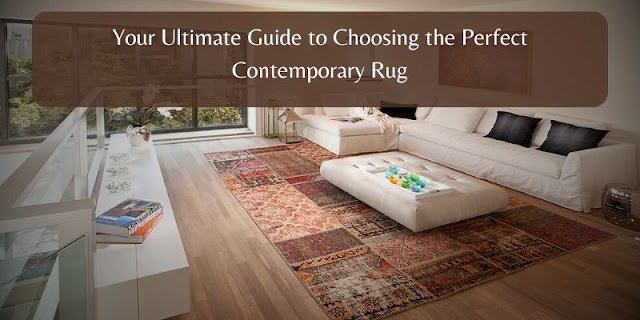Styling Striped and Geometric Casual Rugs in Open‑Plan Spaces
When designing open‑plan living areas, selecting the right floors carries both form and function. Floor coverings often serve as the visual and tactile anchor for different zones—and nothing defines areas quite like casual rugs. Bold stripes and geometric patterns offer structure, personality, and effortless zoning in large, flowing interiors.
1. Anchor Zones Visually
In open layouts, it's vital to delineate areas like seating, dining, or workspaces. A generously sized striped rug under a lounge group visually defines that zone and naturally guides movement. Meanwhile, a geometric design under the dining table separates it from the living area—branding each space without erecting walls. Patterns draw attention and guide flow in ways that smooth neutrals cannot.
2. Use Directional Lines to Influence Perception
Linear stripes are more than decorative; they can transform spatial perception. Stripes running lengthwise can make a room feel deeper, while widthwise stripes visually widen narrow layouts . Pair this with geometric shapes in adjacent areas to balance visual energy—allowing each zone to have its own rhythm while harmonizing overall.
3. Combine Patterns with a Unified Palette
When mixing bold geometry and stripes, stick to a complementary color scheme. For example, use a navy-and-white striped rug in the lounge paired with a hexagon‑patterned piece in muted tones for the dining zone. Sharing at least one common hue between both keeps the space cohesive and stylish . On open-plan layouts, similar tones allow multiple patterns to feel connected instead of chaotic.
4. Layer for Texture and Depth
Don't limit yourself to one layer. A flatweave or jute base provides a grounded neutral layer, while a patterned geometric rug on top introduces warmth and style. This layered effect enhances tactile interest and design complexity, and it’s an excellent way to merge casual functionality with visual richness .
5. Scale Patterns to Room Size
Large geometric patterns work well as focal points beneath key furniture in spacious zones; small-stripe runner rugs define hallways or pass-throughs without overwhelming. Choose a variety of sizes—like large bold shapes in living zones and narrower linear rugs in transitional spaces—to maintain balance and proportion.
6. Coordinate Rather Than Match
Exact match isn’t necessary—and often feels forced. Instead, choose rugs with compatible aesthetics. For instance, a bold graphic piece in the living space and a subtler striped runner in the dining area can complement rather than compete. Experts emphasize repetition in style, color palette, or pattern character to keep the design intentional and harmonious .
7. Anchor Furniture Appropriately
Ensure rug placement makes furniture feel anchored. In seating areas, front legs of sofas and chairs should rest on the striped rug to create cohesion. In dining zones, rugs should extend at least 24 inches beyond the edges of the table to allow chairs to move freely. Proper proportion and placement support both form and function.
8. Mix Textures for Comfort and Contrast
Combining soft pile geometric designs with flatweave stripe textures adds visual depth and comfort underfoot. A plush geometric rug can soften the footprint of a living zone, while a low-pile striped runner in walkways adds definition without bulk. This interplay of comfort and structure is especially inviting in casual, lived-in interiors.
9. Maintain a Flow by Reusing Motifs
Even when every rug doesn’t match exactly, using recurring design motifs—color, shape, or pattern scale—creates visual flow. For example, if one rug features navy and cream, echo those tones in cushions or throws in adjacent zones. This repetition helps the overall space feel unified and intentional .
10. Balance Boldness with Neutral Foundation
For rooms already heavy with dynamic décor or architectural details, a stripe rug in muted tones can provide relief while still defining space. Conversely, a bold geometric pattern works beautifully over a soft, neutral background—ensuring drama doesn’t overpower but instead serves as an accent that energizes the layout .
Final Thoughts:
From classic stripes that elongate and define, to geometric designs that energize and anchor, casual rugs offer both functional zoning and style in open-plan layouts. Whether layered, mixed, or placed boldly, they establish boundaries while tying together multiple living zones. Thoughtful color coordination, pattern balance, texture mixing, and appropriate sizing help ensure these floor pieces act as thoughtful, stylish connectors—not chaotic puzzles.



Comments
Post a Comment